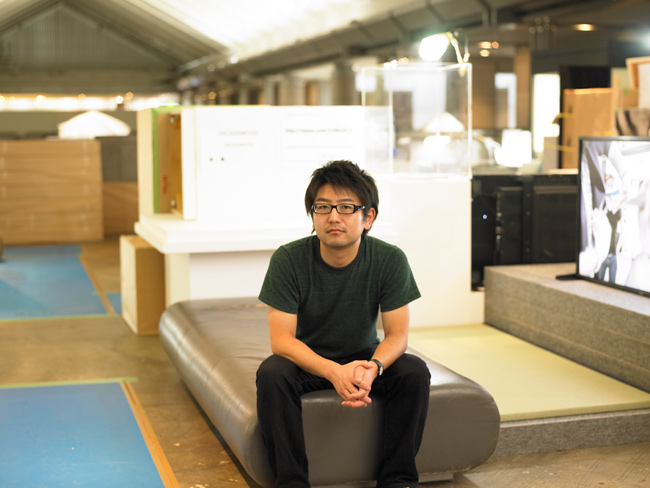Frieze magazine has a piece on the Japanese artist Koki Tanaka, who likes to film groups of people attempting to complete difficult collaborative tasks that he has given them. His films reveal the complexity and frustration involved in any collaborative undertaking, be it artistic or political. Here’s an excerpt:
To the extent that Tanaka’s projects are about collaboration, they are also studies of conflict, dissent, hierarchy, agreement and withdrawal.
Pottery Produced by Five Potters at Once (Silent Attempt) (2013) was shot in China, so it’s tempting to read the participants’ concerns about stability and safety (ostensibly directed toward the pots they are making) as a reflection of the anxieties of living in an authoritarian state. But it’s not such a leap to see the work as an allegory for all manner of social or political situations requiring mutual cooperation and self-sacrifice, from the attenuated drama of the Greek bailout talks to the routine strains of familial or corporate relations.
To date, Tanaka – whose interest in observing collaborative processes was sparked by his experience at Palais de Tokyo’s residency programme in 2006, where the artists worked together on a project that was plagued with dysfunction – has made five such projects: two involving hairdressers; one with pianists; one with poets; and the one with the potters. Although the collaborators in each project share the same vocations, they come from different backgrounds (contemporary pottery, traditional pottery, amateur pottery) and they must negotiate their competing formal languages. Tanaka gives his participants a simple instruction and then leaves them to decide the method of execution, how far to push the work and when to stop. He stands on the sidelines while the cameramen, who more or less direct their own cinematography, document the proceedings. Tanaka then edits the footage into a video that might run between 30 and 75 minutes.
Image of Koki Tanaka via db-artmag.com
